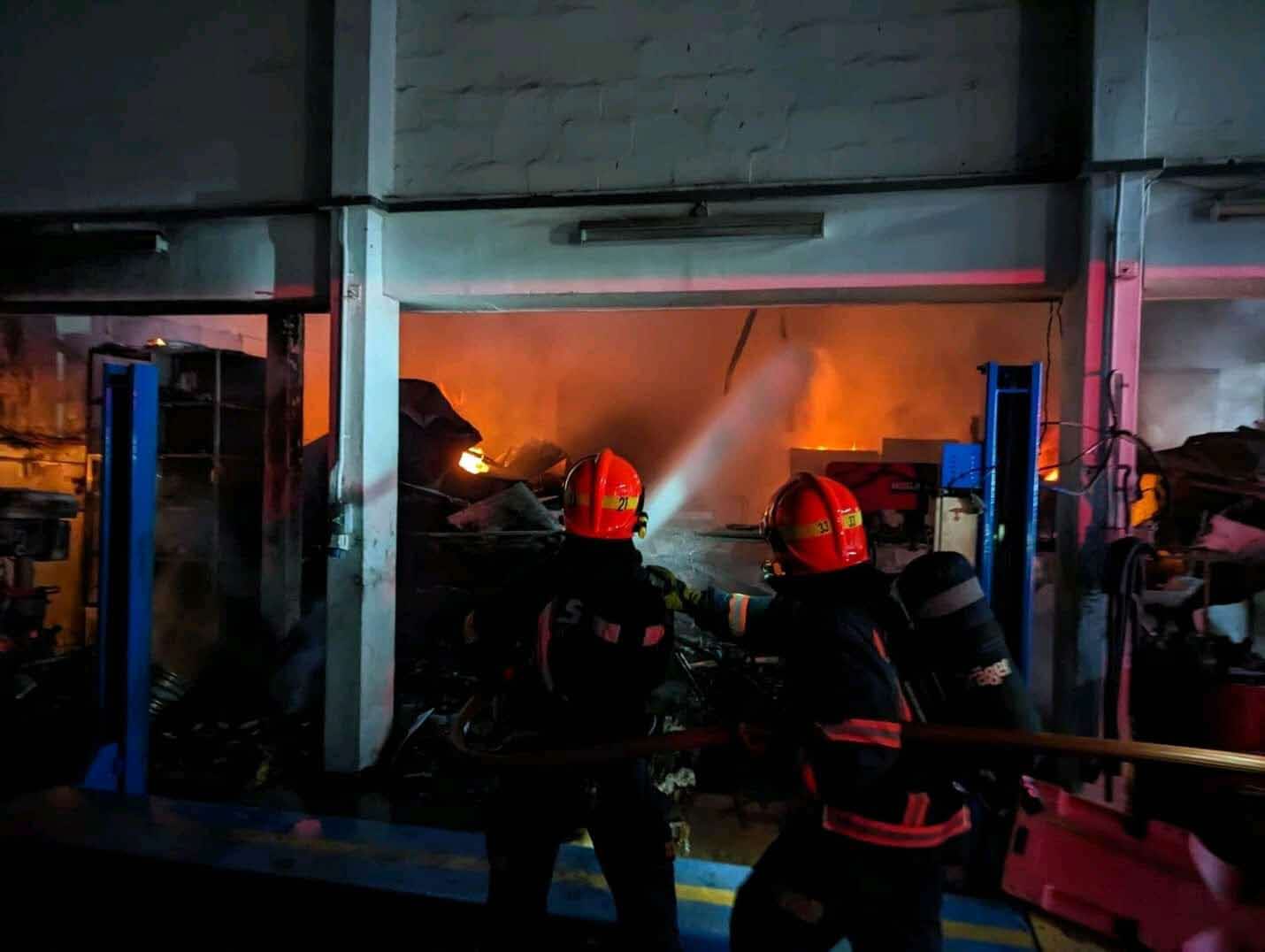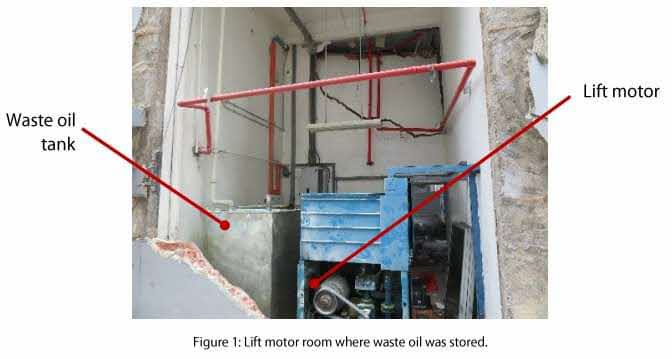HTX’s blast engineering experts are working on technologies to make buildings more resilient to explosions.
 SCDF firefighters at work (Photo: SCDF)
SCDF firefighters at work (Photo: SCDF)
Just before 9 a.m. on 7 March 2023, an explosion occurred at 55 Ubi Road 1, blasting open a section of the exterior wall of the building. The news media reported
witnesses recalling an explosion with flames and flying debris including shards of glass.
When such explosions occur, fire investigators from the Singapore Civil Defence Force (SCDF) may be assisted by
forensics experts from HTX. A preliminary report from the Workplace Safety and Health Council indicated that the explosion at 55 Ubi Road 1 was likely due to the ignition of accumulated flammable vapours from a waste oil collection tank in a lift motor room.
 Analysis of blast damage at 55 Ubi Road 1 (Photo: Workplace Safety and Health Council)
Analysis of blast damage at 55 Ubi Road 1 (Photo: Workplace Safety and Health Council)
Is it possible to strengthen buildings so that they won’t be impacted by blasts in the same way? While their work focuses on security threats, HTX’s blast engineering experts indeed are also working on technologies to make buildings managed by HTX more resilient to explosions and blast effects. Loh Hui Qi, Lead Engineer (Blast Engineering),
Protective Security and Safety Center of Expertise (PSS CoE), shared:
“Some possible ways to protect a building against the effects of a blast are to harden the structural components, by increasing the component’s size or steel jacketing, and to install suitable catcher system for the openings, which include the windows and doors.”
As costs associated with such structural hardening measures can be significant, they are at this time typically only implemented for critical or high-profile installations. Depending on their risk level and the threat scenarios, such installations would implement suites of security and hardening measures to ensure their survival and ability to provide essential/critical services.
As part of Singapore’s counterterrorism strategy, the Infrastructure Protection Act (IPA) – which is administered by the Singapore Police Force’s Centre for Protective Security (CPS) – requires critical infrastructure as well as large or iconic buildings to undergo a Security-by-Design process.
The developers of these buildings are required to engage competent Security and Blast Consultants to carry out risk assessments and thereafter to incorporate the appropriate protective measures. HTX engineers from PSS CoE are forward deployed to CPS to review these consultants’ submissions to ensure that their design and engineering calculations are technically sound.
Some examples of protective security designs include vehicular crash barriers and forced-entry resistant doors, security technologies like walk-through metal detectors and intrusion detection systems, as well as blast-resistant structural (e.g. steel-jacketed columns) and non-structural (e.g. cable catch systems) building components.
Besides working with established design methodologies and technologies, HTX engineers from PSS CoE also conduct research on new technologies and are always on the lookout for suitable solutions that can better protect buildings against terrorist attacks.